
For Anyone Who Loves Sweet Potatoes — Read This! It’s Never Too Late to Know
Sweet potatoes are a staple food of the autumn-winter season, with heaps pulled from the ground and placed on our family tables. They are tasty, adaptable and widely enjoyed. But do you really know all the benefits they offer — and how to use them to maximise their effect? Whether you favour the pale-fleshed or the deep-orange or red variety, or enjoy the leaves and stems too — there is more than meets the eye.
Why sweet potatoes are more than just comfort food
-
Sweet potatoes are not only delicious but nutritiously rich. They contain complex carbohydrates, dietary fiber, significant amounts of vitamins A and C, potassium, manganese, and a wide range of phytonutrients. ([turn0search1])
-
Modern reviews have found that sweet potato roots and leaves contain bioactive compounds with antioxidant, anti-inflammatory, hepatoprotective (liver-protecting), cardiovascular-protecting, even anti-cancer potential. ([turn0search6], [turn0search3])
-
Traditional folk knowledge in many Asian countries (including Vietnam) describes sweet potato (and even its leaves/stems) as beneficial for digestion, for the spleen and stomach (in traditional classification), for reducing swelling, for supporting kidney function, and for improving complexion.
If you love sweet potatoes, here are what you should know now
1. The skin is also good — and often more useful than you think
The flesh of a sweet potato is the “tonic” part (in traditional terms), while the skin (“vỏ”) may act more like a “regulator”. The skin contains valuable fiber, micronutrients and phytonutrients. If the skin is eaten (and well washed) you gain additional benefit. If the skin is discoloured, black spots or mould-patch appear → discard or peel thoroughly.
2. The stem / vine / leaf parts are also edible and beneficial
Beyond tuber-root, the stems and leaves of sweet potato are often eaten in many countries and contain high amounts of fiber, antioxidants and bioactive polyphenols. In rural Asian diets, the leaves are used to support digestion and blood sugar management. ([turn0search3])
If you have diabetes or blood-sugar challenges, incorporating sweet potato leaf or stem (or mixing into soups/greens) may provide extra support.
3. Proper use maximises benefit — roasted, boiled or baked rather than fried
How you cook sweet potato matters: roasting or baking with skin retains many nutrients; deep-frying or loading with butter/sugar may reduce the net benefit and raise calories drastically. According to Harvard’s Nutrition Source: while sweet potatoes are nutritious, their glycemic index and load depend on how they are prepared. ([turn0search9])
7 major benefits of eating sweet potatoes
Here are seven strong benefits you can gain from regular, moderate consumption of sweet potatoes.
-
Weight control / lower calorie burden
A typical ~100g serving of sweet potato may provide around ~90-100 kcal and much lower fat compared to many processed carbs. Because of fiber and slow-digested starches, they help you feel fuller. This makes them especially useful for people wanting to control weight.
In the Vietnamese original article, sweet potato is described as “làm thực phẩm chính, có thể giảm đáng kể lượng thực ăn khác” (using it as a staple can reduce other intake). -
Beautiful skin & improved complexion
The orange or red varieties of sweet potato are high in beta-carotene (pro-vitamin A) which is essential for skin health, cell renewal and immune function. Some studies point to protective effects of sweet potato antioxidants for skin and oxidative stress. ([turn0search1], [turn0search3]) -
Regulated blood sugar & good for diabetics
Sweet potato roots and especially the leaves have been shown to improve insulin sensitivity, help regulate blood glucose and reduce risk of metabolic disorder. ([turn0search16], [turn0search5])
This aligns with the article’s claim: “người bị bệnh tiểu đường … sử dụng nhiều khoai lang…” -
Lowering high blood pressure & reducing stroke risk
Sweet potatoes contain good amounts of potassium, which helps counteract sodium’s effect and supports vascular health. Some evidence shows diets rich in potassium-rich tubers help reduce hypertension and risk of stroke. ([turn0search7], [turn0search0]) -
Supporting bone & joint health
While less emphasised in some sources, sweet potato’s micronutrients, fiber and anti-inflammatory phytonutrients help maintain body systems and reduce low-grade inflammation that affects joints, bones and connective tissue. -
Improving digestion and gut health
The fiber (both soluble and insoluble) in sweet potatoes supports healthy bowel movements, feeds beneficial gut bacteria and improves the intestinal barrier. ([turn0search1], [turn0search17]) -
Oxidative stress reduction & possible anti-cancer effect
Purple and orange sweet potatoes are rich in anthocyanins, polyphenols and carotenoids. Laboratory studies show these compounds may inhibit cancer-cell growth and reduce inflammation. ([turn0search3])
🍠 Practical tips for using sweet potatoes well
-
Opt for bright coloured skin/flesh (orange, red, purple) — more carotenoids/anthocyanins.
-
Leave skin on (after washing) when possible to benefit from fiber and phytonutrients.
-
Use roasting, steaming, baking methods rather than frying with excess fat or sugar.
-
Combine with healthy fats (like olive oil, nuts) so fat-soluble nutrients (beta-carotene) are better absorbed. ([turn0search1])
-
If you have diabetes or blood sugar sensitivity — watch portion size and cooking method (the glycemic load can rise if heavily processed).
-
Use as main staple (instead of rice, white potato, or processed carbs) to lower overall caloric load and raise nutrient density.
-
Don’t neglect the leaves or stems when available: e.g., sweet potato greens in soups or stir-fries.
-
Always discard any tuber with signs of mold, dark discoloration or soft rot.
⚠️ Notes & things to be careful about
-
Though sweet potato is Nutritious, it’s still a starchy food — portion control matters, especially for those managing weight or blood sugar.
-
Avoid loading it with added sugar, heavy butter, deep-fried coatings — these reduce the health-benefit margin.
-
While the article claims “ăn khoai lang khiến sình bụng, gây ợ nóng” (sweet potato can cause bloating/heartburn) — this may happen in some sensitive individuals, especially if eaten too fast or with skin + high fiber. If you find discomfort, peel or reduce portion.
-
Always store sweet potatoes properly (cool, dry, well‐ventilated) to avoid spoilage or mold — especially important if using skin.
-
Individuals with specific health conditions (kidney problems, diabetic needing very strict carb control) should consult dietitian on how to include sweet potato appropriately.
✔️ Final takeaway
Whether you’re young or older, including sweet potato in your diet with wisdom can bring many benefits — better digestion, improved skin and complexion, support for blood sugar and blood pressure, stronger bones and joints, and overall antioxidant protection. Treat the tuber not just as a side dish, but as a nutrient-dense staple that can replace less healthy carbohydrate sources.
News in the same category


Trump and Zelensky have savage response to calls to build 70-mile tunnel linking Alaska to Russia

If Your Home Uses Mẻ Regularly — You Must Read This!

Keep Mosquitoes Away Naturally: Simple Home Remedies That Really Work
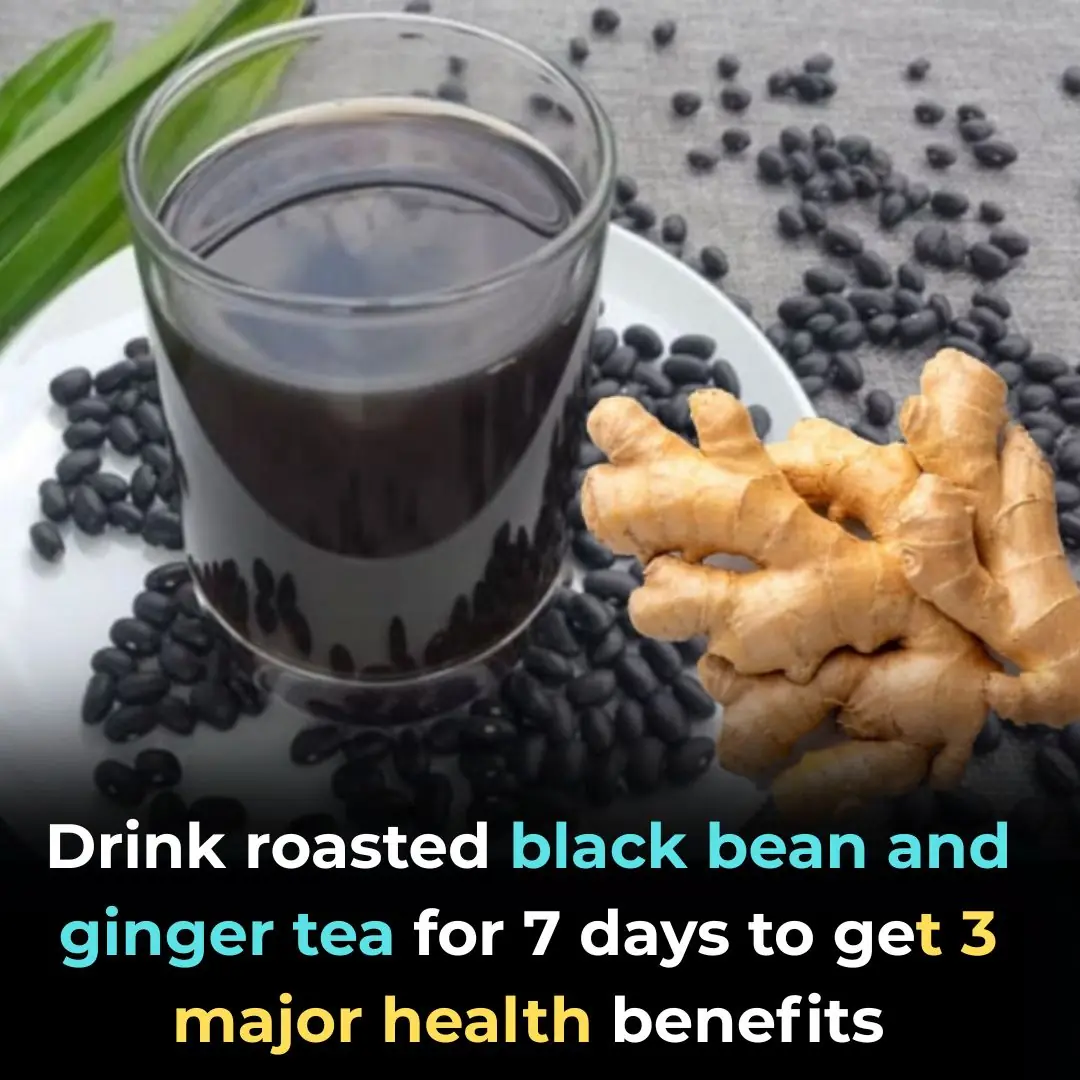
Drinking Roasted Black Bean & Ginger Water: After 7 Days, Your Body Receives 3 Major Benefits

5 Everyday Foods That Quietly Drain Your Calcium — Young or Old, Everyone Should Watch Out

Use Plantain (Plantago major) to Brew a Drink — Your Body Gets 5 Fantastic Benefits

4 Herbal Hair Rinses to Prevent Hair Loss, Promote New Growth & Restore Shine

Why Eating Glass Noodles (miến) Can Make Your Stomach “Growl” — And 2 Times You Should Avoid Them to Protect Your Stomach

A 3-Year-Old Boy Got Super Glue in His Eye — His Mother’s “Golden 30 Seconds” Saved His Sight

Growing Concern Over Visceral Fat — Doctors Recommend 9 Foods to Help Burn It Naturally

‘This Is An Opportunity For You To Get Some Portal Film’ | Deion Sanders’ Ruthless Scrimmage Urging Bench Players To Transfer Angers Fans

Texas Cheerleader Jumps Off Homecoming Float To Save Choking Toddler

Meet Andrea Walls, the Artist Preserving Black Stories Through Photography

5 Tasty Eating Habits That Could Be Silent Cancer Risks for the Whole Family — Avoid Them Now

Do You Need to Unplug Your Rice Cooker After the Rice Is Done?

K Hospital Issues Warning: Daily Consumption of Processed Meats May Increase Cancer Risk – Don’t Ignore It!
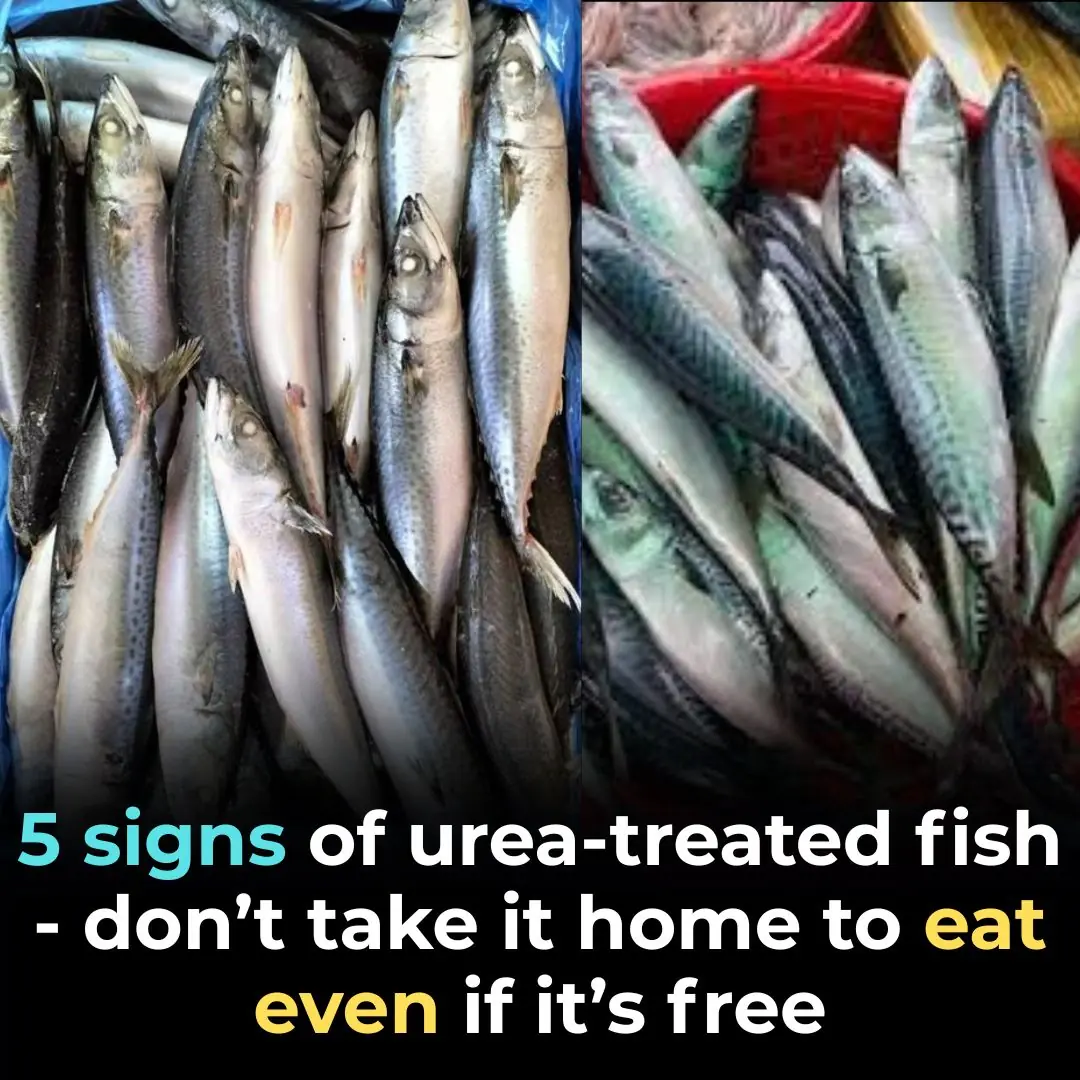
5 Warning Signs of Fish Preserved with Urea – Don’t Take It Home Even If It’s Free

Eating Chicken with Sticky Rice Is a Mistake: 5 Classic Food-Combining Errors That 9 out of 10 People Don’t Know
News Post
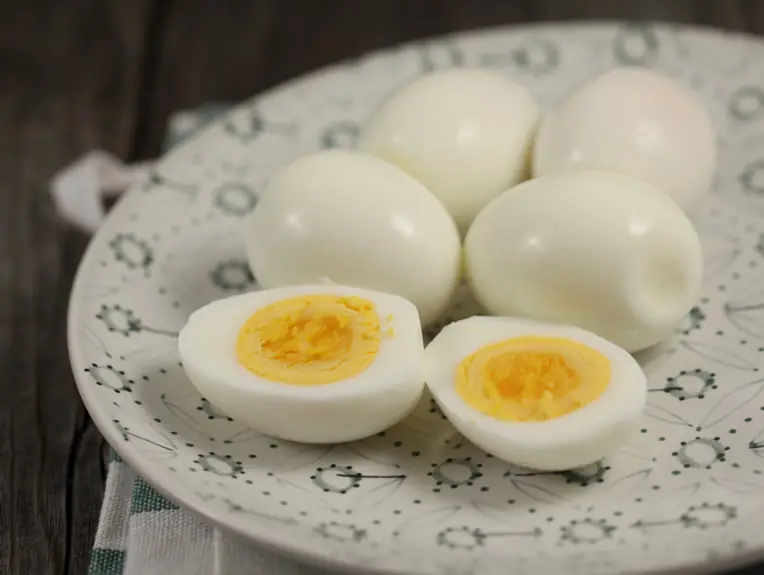
What Happens If You Eat 4 Whole Eggs a Day for 30 Days?

The Most Powerful Anti-Cancer Food You’ve Probably Never Tried
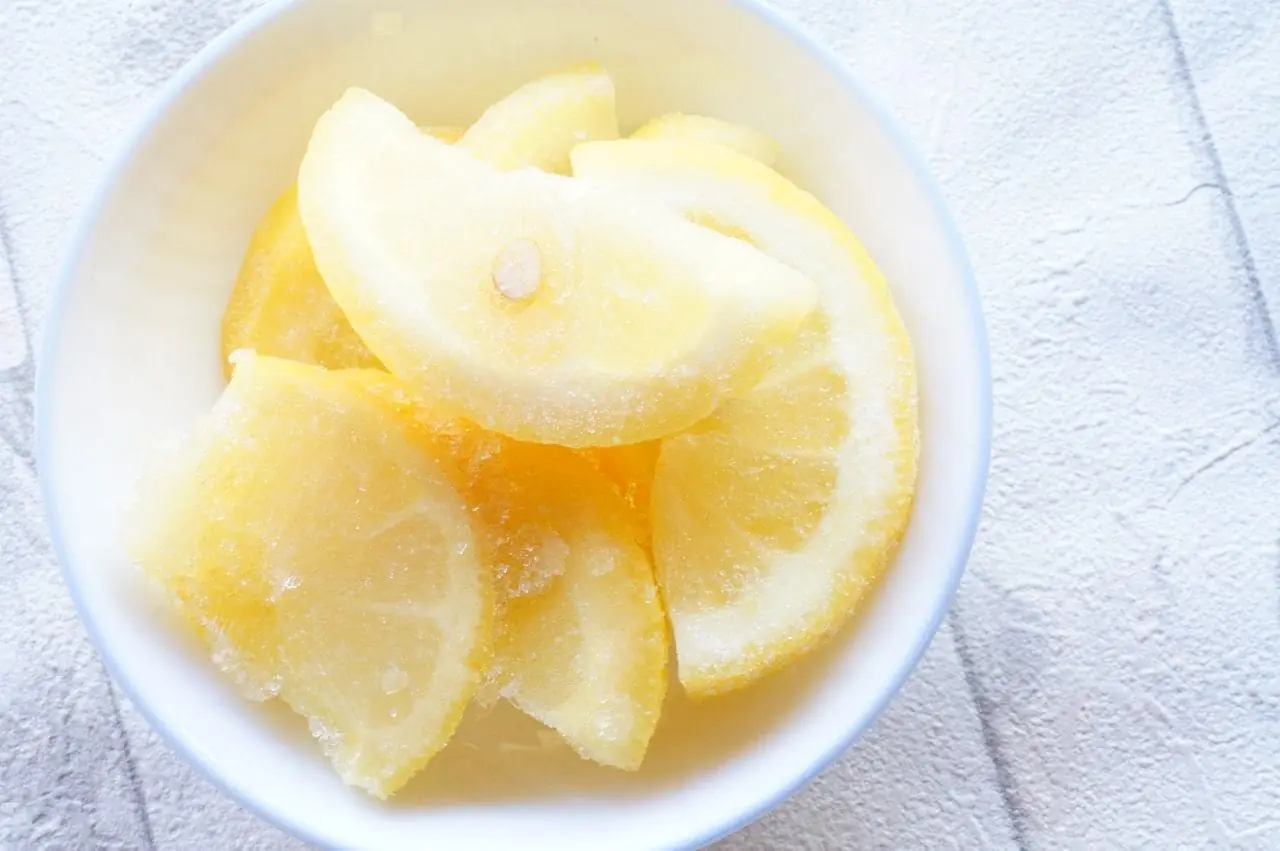
How to Use Frozen Lemon to Help Combat Malignant Tumors in the Body

When a Liger Met the Dolphins.

A Great Day in Harlem — and the Echo That Followed.

A Limping Giant’s Second Chance: The Young Elephant Who Refused to Fall.
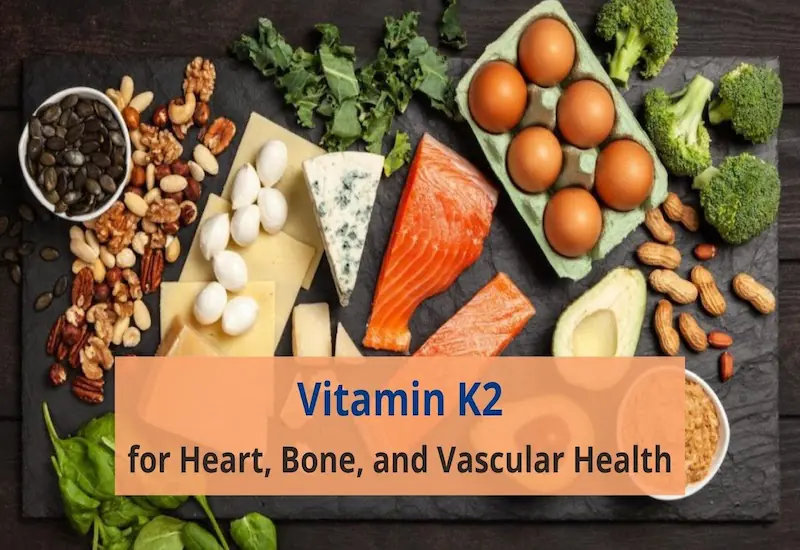
Vitamin K2: The Underrated Nutrient That Protects Your Heart and Arteries

The Little Girl and the Crows.

The Rickshaw Driver Who Sent 300 Children to School.

The Girl Who Hugged the Enemy – Normandy, 1944.

The Lioness Who Couldn’t and the Dog Who Did: A Story of Unexpected Motherhood

Maverick’s Return to Joy: From Hospital Halls to Home on the Horizon

The Riders of the Rhino: A Living Legend Emerges from the Wild

The Day the Sea Played a Joke: Fisherman, Cat, and the Pelican That Didn’t Think Twice

Grace’s Story: A Life Measured in Courage, Resilience, and Dance

Free-to-play Futurama: Hit & Run game could be the sequel fans have waited 22 years for

Trump and Zelensky have savage response to calls to build 70-mile tunnel linking Alaska to Russia

The Man and the Dolphin: A Story of Compassion That Touched the World

Mavy’s Countdown to Freedom: A Chair, a Smile, and the End of a Long Hospital Stay
